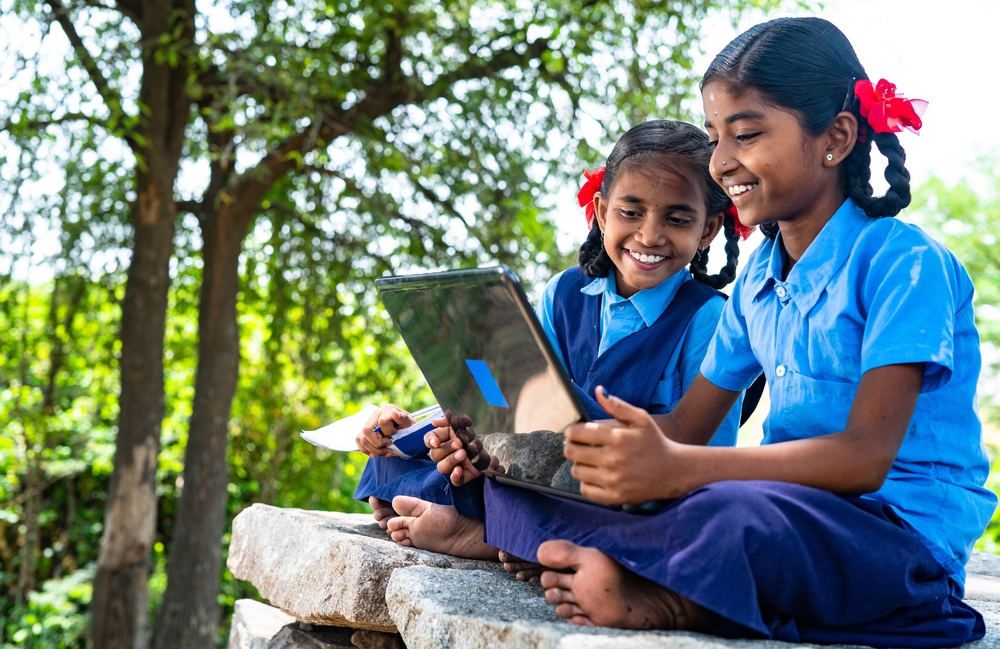Breaking Down Barriers: How EdTech is Enhancing Accessibility in Education
In the realm of education, accessibility is more than just a buzzword – it's a fundamental principle that ensures every student has equal opportunities to learn and succeed. However, traditional educational practices have often overlooked the diverse needs of learners, leaving many students behind. Fortunately, the rise of educational technology (EdTech) is changing the game, breaking down barriers and paving the way for inclusive learning experiences for all. In this blog post, we'll explore how EdTech is enhancing accessibility in education and empowering students with diverse abilities to thrive in the classroom.
Empowering Students with Disabilities
For students with disabilities, navigating the traditional classroom environment can present numerous challenges, from accessing instructional materials to participating in classroom activities. EdTech is leveling the playing field by providing tools and resources that cater to the unique needs of students with disabilities. Whether it's screen readers for visually impaired students, speech-to-text software for students with dyslexia, or alternative input devices for students with physical disabilities, EdTech is providing tailored solutions that enable students to engage with content and participate in learning activities effectively.
Customizing Learning Experiences
One of the key benefits of EdTech is its ability to customize learning experiences to meet the individual needs and preferences of students. Through adaptive learning platforms, personalized learning algorithms, and customizable content, EdTech allows educators to provide differentiated instruction that addresses each student's unique learning style, pace, and abilities. This personalized approach not only enhances student engagement and motivation but also promotes academic success by ensuring that every student receives the support and resources they need to excel.
Promoting Universal Design for Learning (UDL)
Universal Design for Learning (UDL) is a framework that emphasizes creating flexible learning environments that accommodate diverse learner needs. EdTech aligns seamlessly with the principles of UDL by providing multiple means of representation, engagement, and expression. Whether it's through interactive multimedia content, gamified learning experiences, or adaptive assessments, EdTech offers a range of tools and strategies that enable educators to implement UDL principles in their classrooms and promote equitable access to learning for all students.
Overcoming Geographic and Socioeconomic Barriers
In addition to addressing the needs of students with disabilities, EdTech is also breaking down geographic and socioeconomic barriers to education. With the proliferation of online learning platforms, virtual classrooms, and digital resources, students from remote or underserved areas can now access high-quality educational content and opportunities that were previously out of reach. EdTech democratizes access to education, allowing students from diverse backgrounds to pursue their academic goals and unlock new opportunities for success.
Conclusion: The Future of Inclusive Education
As we look towards the future of education, it's clear that EdTech will play a central role in creating more inclusive and equitable learning environments. By leveraging technology to address the diverse needs of learners, customize learning experiences, promote UDL principles, and overcome geographic and socioeconomic barriers, we can ensure that every student has the opportunity to learn, grow, and succeed. Together, let's continue to harness the power of EdTech to break down barriers and create a more inclusive and accessible educational landscape for all.

Comments
Post a Comment